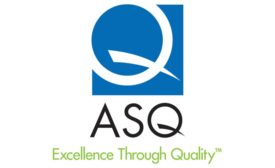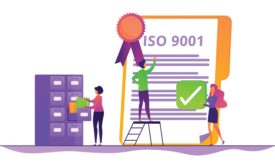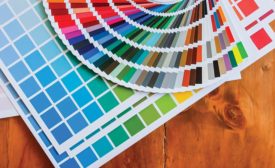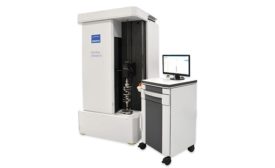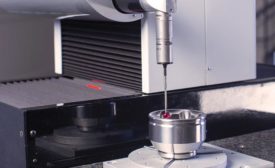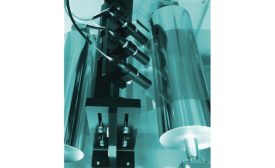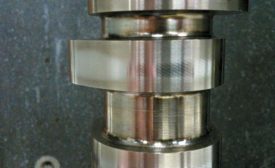Quality 101
Reaping Benefits of Evolving ISO 9001 Standards
The ISO 9001 standards were initially developed to benefit from industry best practices.
May 1, 2020
Color Management 101: The Latest Technology and Techniques
Whether you are first introducing color control to your quality process or you are managing an existing framework, here’s what to know.
April 1, 2020
Do You Need a Dedicated Shaft Gage?
Whether you chose an optical, tactile, or hybrid shaft gage will depend on your unique needs.
February 15, 2020
3D Measurement Explained
Lighter, faster and more accurate measurement technology is here.
December 15, 2019
Hardness Testers: Know Your Options for Best Results
Hardness testing functionality has evolved.
November 15, 2019
Exploring the benefits of noncontact thickness metrology
Noncontact thickness metrology solutions have become a necessity for the manufacturing sector.
October 15, 2019
Stay in the know with Quality’s comprehensive coverage of
the manufacturing and metrology industries.
eNewsletter | Website | eMagazine
JOIN TODAY!Copyright ©2025. All Rights Reserved BNP Media.
Design, CMS, Hosting & Web Development :: ePublishing
